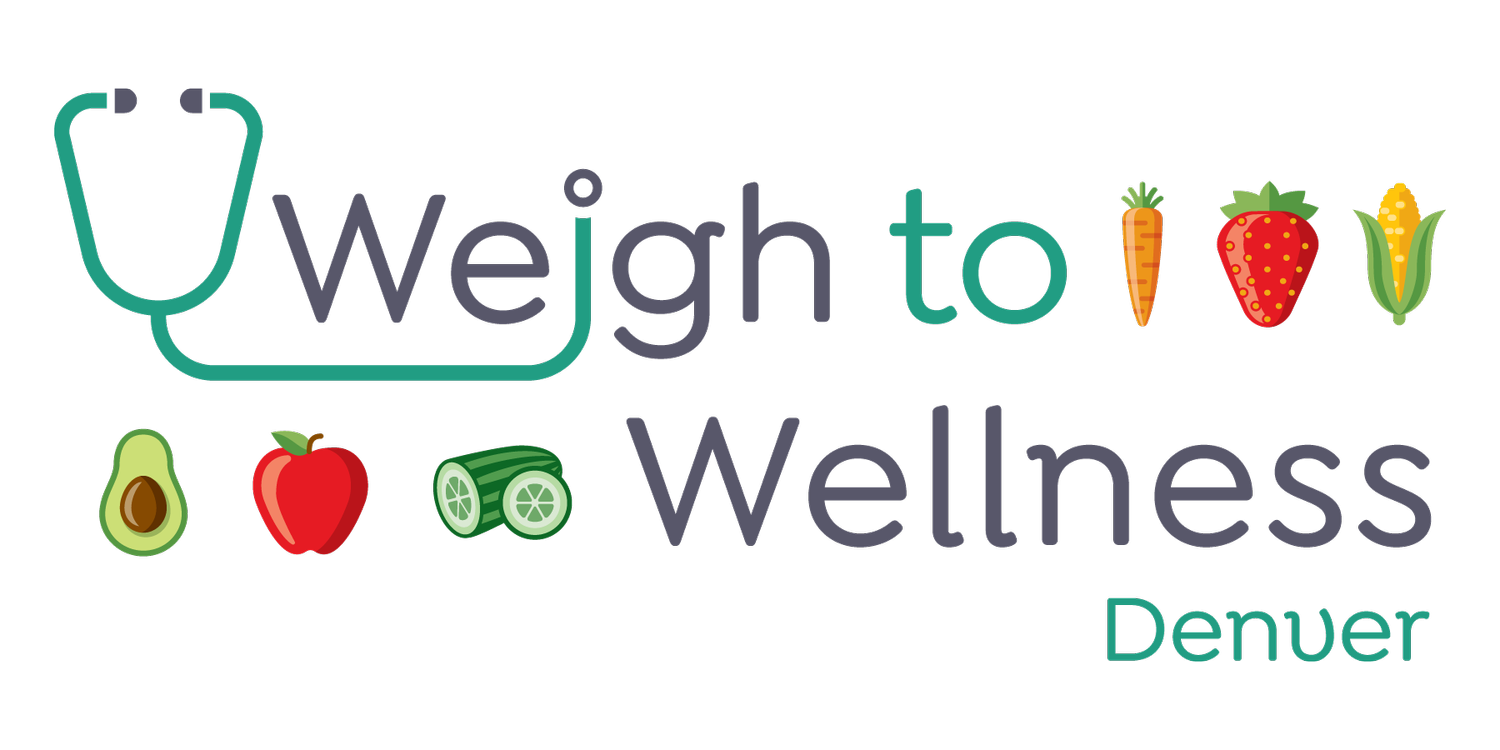Beyond Dry January: Mindful Drinking?
Have you been participating in Dry January? Have you wondered what you are going to do once it is February? Here are some tips for resuming drinking alcohol in February and practicing mindful drinking everyday.
There are many health benefits to cutting back on alcohol consumption:
Get a boost in your mood and an improvement in your overall energy.
Alcohol is a depressant and tends to decrease energy and motivation.
Improved sleep. Alcohol tends to decrease your restorative REM sleep
Experience better relationships. Alcohol clouds judgement and can greatly affect interactions with others.
Reduced anxiety. Alcohol can lead to “hangxiety” the morning after excess consumption and to heightened negative emotions while under the influence.
Improved nutrition, likely weight loss. Alcohol contains a high amount of sugars and calories. Cocktails have around 200 calories each, beer 150 and wine 120.
Healthier Immune System. Alcohol can suppress your immunity. It also increases the risks for cancer and interferes with healthy gut biomes.
Save Money! Alcohol is expensive. Cutting back can save $100+ per month.
Skin Improvements. Alcohol tends to lead to dehydration which negatively affects the skin.
Whether you participated in “Dry January” or “Damp January” or neither, think about consuming alcohol more mindfully in 2023. Set intentions for how many days a week to have a drink, how many drinks to have in a session. Basically, set healthy and realistic boundaries for yourself regarding your interaction/relationship with alcohol. Then, think about how making changes leads to positive effects in your life. Reach out to family and friends for support in non-alcohol centered activities.
If you would like some coaching through this process, there is an app called Sunnyside that could be helpful .
Check out Laura’s post on Mocktails for fun ideas to have flavor without the alcohol.


